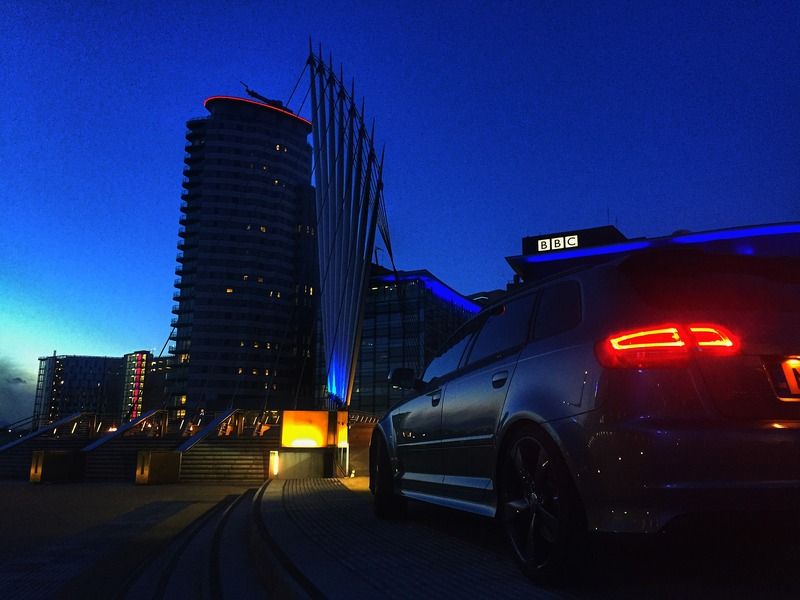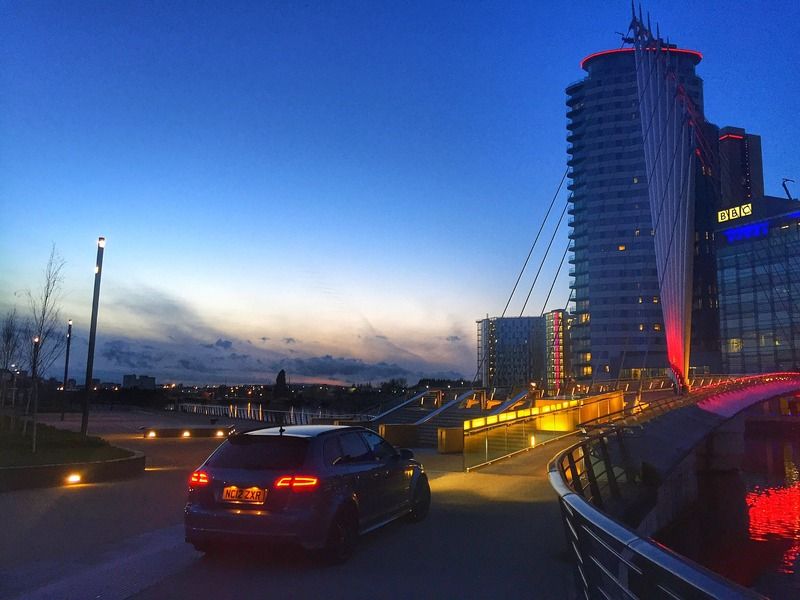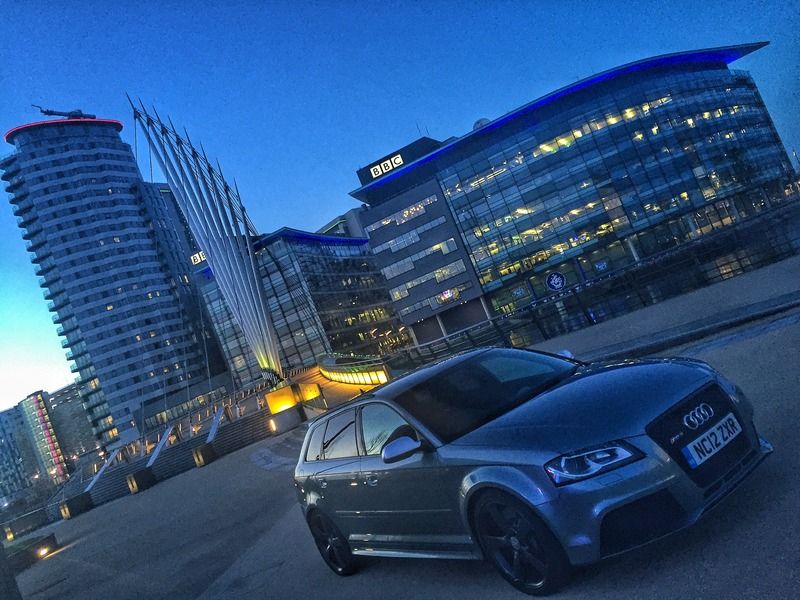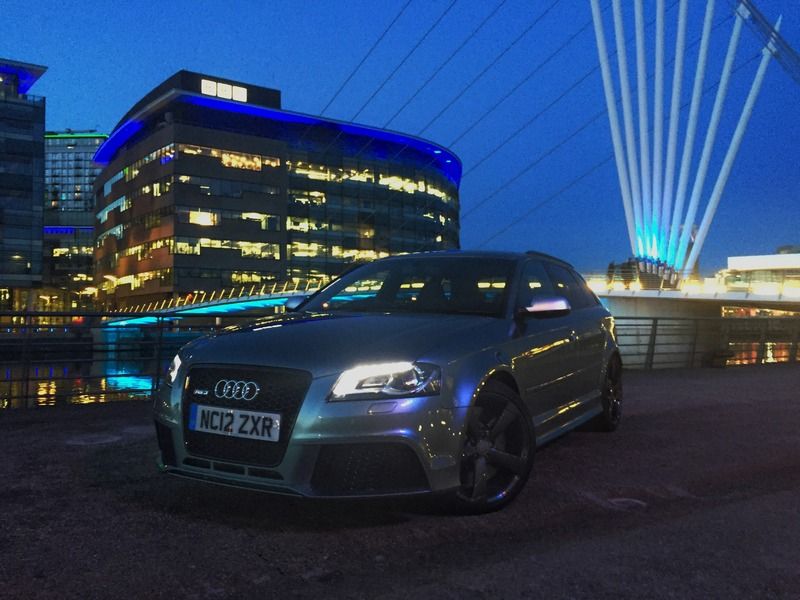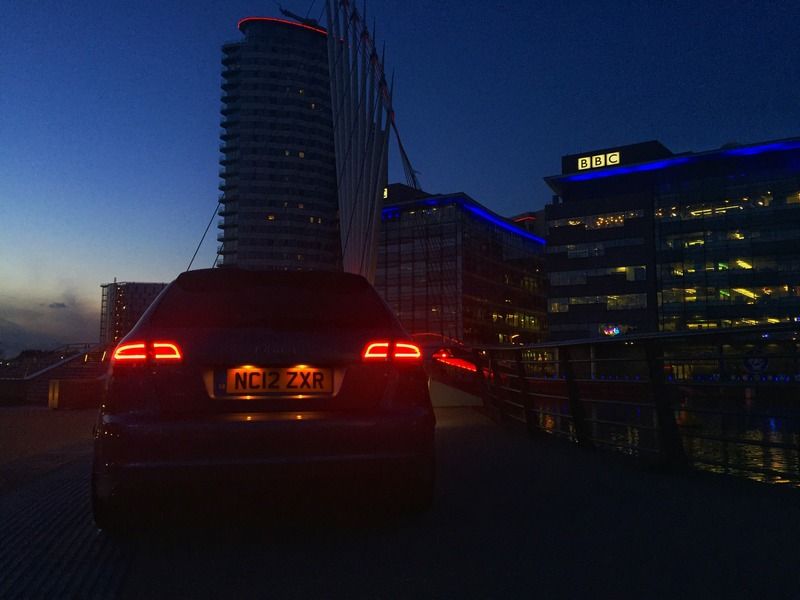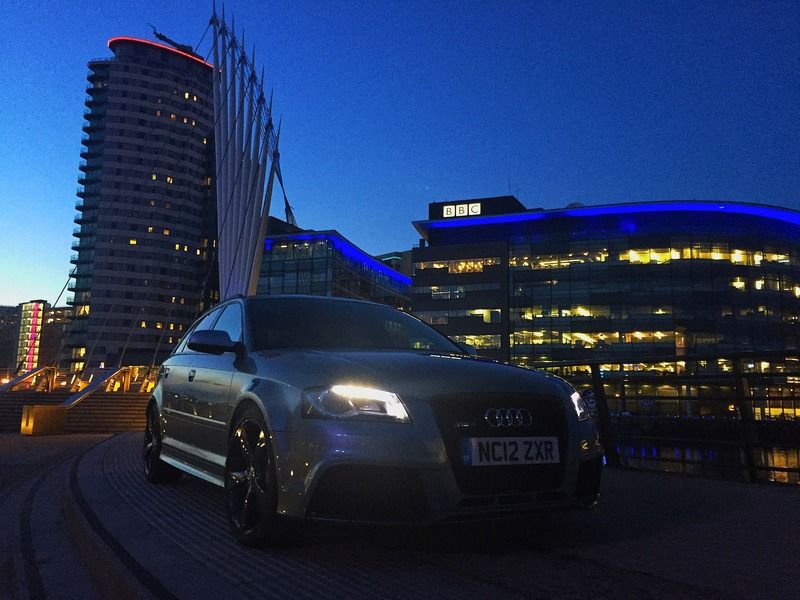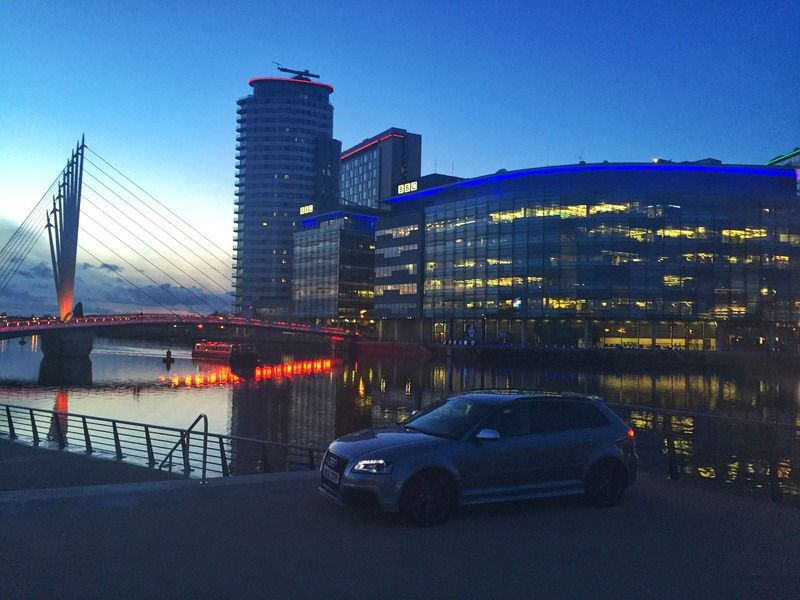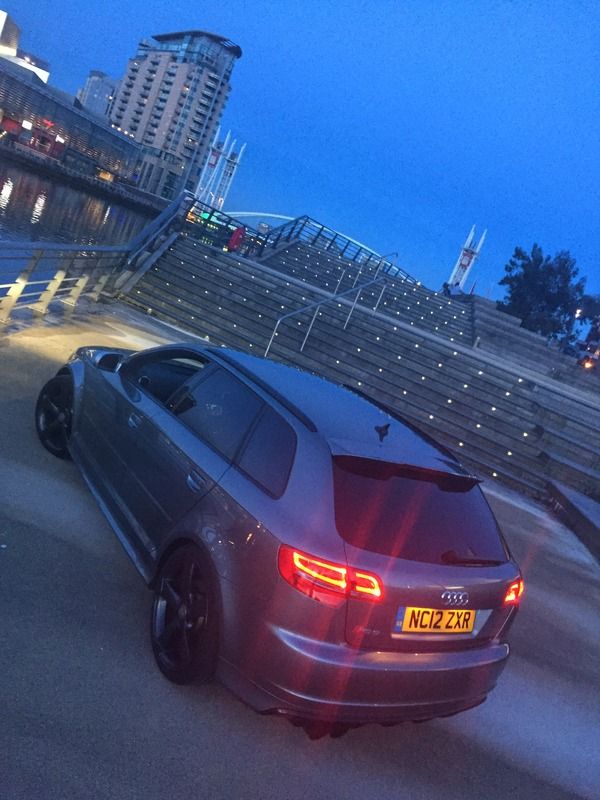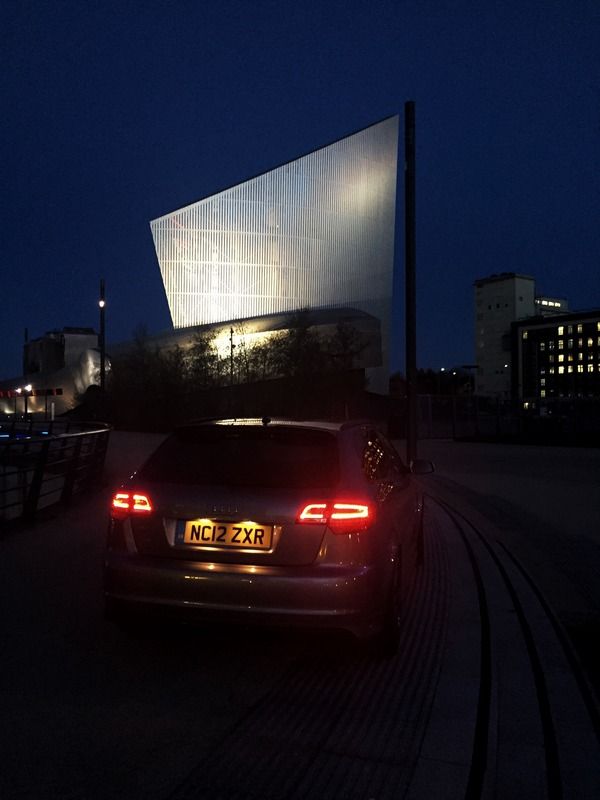I have no idea if you guys have "how to" threads, and am in no way interested in trying to teach people how to suck eggs, but i thought a couple of threads regarding car cleaning and common pitfalls may help at least some of you?
Not wanting to be boring, but imo the BIGGEST mistake most people make is to assume your products are "safe". For the most part cleaning a car is one of the only, if not THE only time people are systematically exposed to chemicals. They may come in fancy bottles, smell nice, be expensive, but they are containers of synthetic chemicals, period. Its not a huge thing to simply put on a pair of gloves, maybe wear long sleeves, and not spray into the air. The dangers ARE real. Even if we choose to ignore and crack on, at least we make an informed choice knowing the truths
Boring stuff over with now ha ha
Its important to remember that most of the damage on your paint, maybe even wheels and your glass is caused during the wash and drying stages. Even the really bad scratches you assume were done by a careless passer by, may well have been your own doing. Following a few basic rules will vastly reduce (not totally remove) any damage caused.
Firstly is to not wash the car in the sunshine. Its part and parcel of car cleaning, but when the sun comes out we all want our cars to gleam! However washing in the shade or doing it early morning will vastly reduce the chances of your products/chemicals prematurely drying or curing and at best, creating annoying streaks. At worst damaging your car to the extent of needing professional repair. A black car in the shade can hold a great deal of heat, so working quick and rinsing more often as you go is advised.
Next is to always remember that your primary aim is to remove as much dirt and debris BEFORE your contact portion of your wash. Simply hand washing the car straight off is a huge proponent in the swirls and scratches caused. What you are doing is moving the dirt and debris around on the paint as you wash, between your wash media and the paint. This acts as any abrasive would, and leaves its own footprint. So before physically touching the car best practice is to use either a pre wash, or snow foam, to break down as much of that dirt as you can. Less is not more at this stage, use plenty of product to make sure the dirt is fully saturated. If all the grime absorbs the cleaning agents, it comes off much more easily. Apply liberally to the wheels, arches and the rest of the vehicle
After this you want to remove said cleaning agents as well as the grime. This is not a "rinse" stage. A gentle rinse wont remove the grime, you need to use the pressure washer and really take your time. Start at the bottom and move slowly, making sure you pay attention to blast out all the nooks and crannies. You are much less concerned with the odd soap bubble, and much more concerned with the dirt.
Example
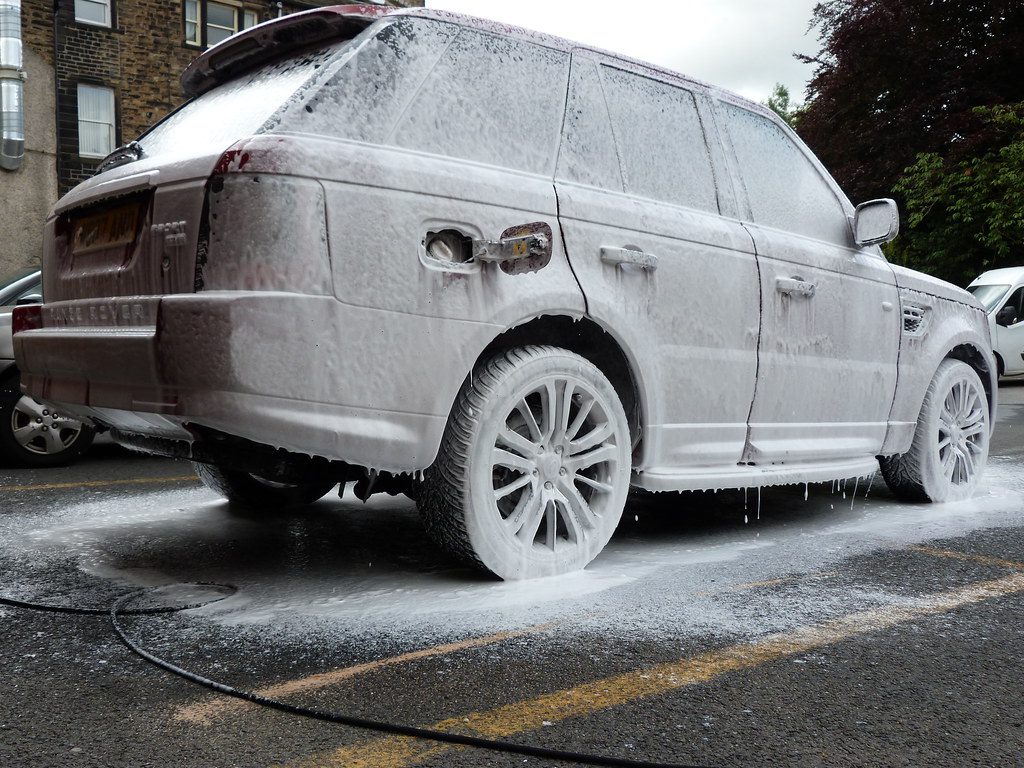 P1050169 by Matt Rowe, on Flickr
P1050169 by Matt Rowe, on Flickr
After this go ahead and clean the wheels. Now that they have already been pre washed and blasted off its much easier to see if you need a dedicated wheel cleaner, or if soapy water will suffice. Do them one at a time ideally from start to finish, and thoroughly clean off with the PW once again. Doing it this way, if you ARE using a dedicated wheel cleaner, when rinsing the car off later on you can further rinse the wheels to be doubly sure all the chemicals are gone
With the wheels done, and the body prepped, its time to use your CLEAN cleaning products. This may seem obvious, but if your buckets and wash media are still dirty from last time, when water is added, you have dirty water! And this totally wastes your earlier efforts. You will want at a minimum, 2 buckets, ideally one of them clear. Half fill both with hot water, leaving the clear bucket as is, and adding your chosen shampoo to the other. Now if you use your pressure washer to top it up, this will froth up and transform the shampoo into a lovely creamy airy liquid. Just dunk the lance in to the bottom and go
Example
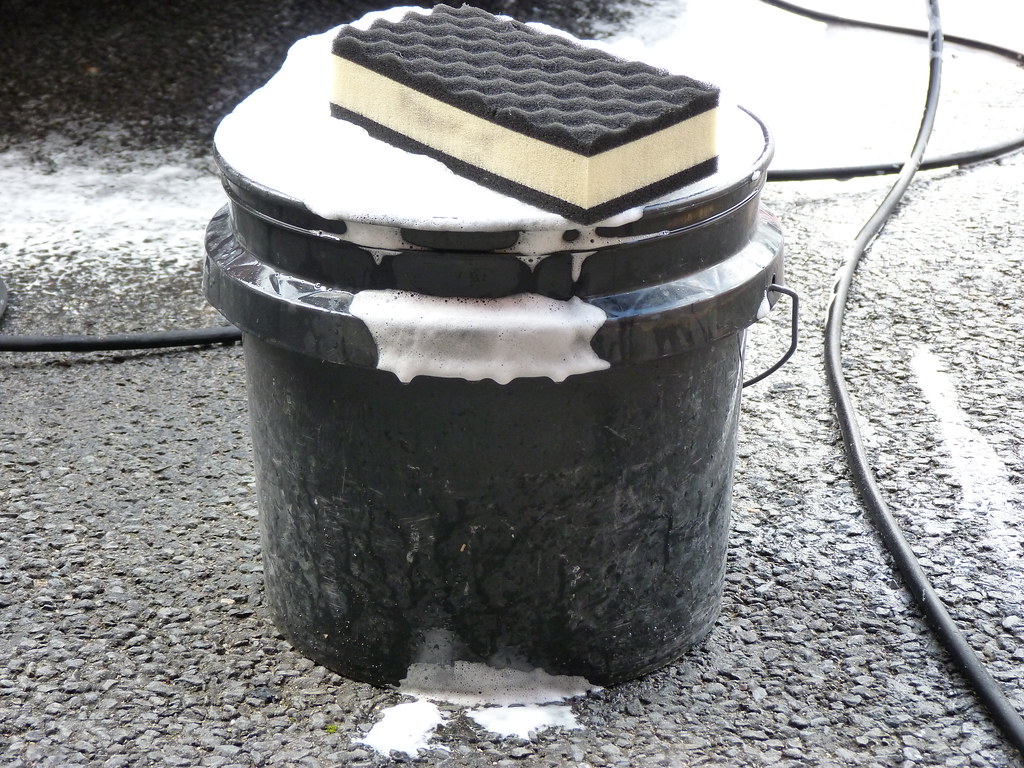 P1050175 by Matt Rowe, on Flickr
P1050175 by Matt Rowe, on Flickr
Wash in straight lines, a panel at a time, ideally from the top down. (You may want to rinse periodically as you go to avoid streaking). Use only enough pressure to keep your wash media in your hand, so as little as possible. After each panel, submerge the wash media in the clear bucket, and squeeze out a few times to deposit as much of the dirt you just picked up as possible. The 2 bucket method is a very good way to keep your wash water clean. A grit guard in the buckets will help also. Using a clear bucket as the second bucket allows you to assess your pre wash routine. The dirtier the water at the end, the poorer the pre wash routine
Example
 P1040589 by Matt Rowe, on Flickr
P1040589 by Matt Rowe, on Flickr
Rinsing now. And if you are smart you can use this to get a jump on the drying stage. If you rinse using an open ended hose, not your pressure wash, at about half power and you use a slow steady sheet from top to bottom, a lot of the water will run off in one long sheet leaving only droplets to pat with a drying towel. Not having to use a drying towel means even less swirls will be inflicted. Even better would to be use an inline or ro water filter set up, meaning no drying is required whatsoever. If you have a dark car, not having to dry it, and removing the chance of water spotting completely, will pay dividends long term
If you DO have to dry the car, use plush clean drying towels, apply no pressure, and wherever possible pat the car gently. If this simply wont suck up the water use the "drop and drag" method, hold the towel by two corners at one end, drape it over the panel, and draw it towards you. Turn each time and be careful
Once completed, if the car is done, its done. Dress the tyres or complete any little jobs you enjoy. If you like to wipe the car down with a quick detailer or gloss enhancer, at least you are confident that the paint is debris free and this wont be be picked up.
It sounds long winded, and probably looks it on paper, but when you get used to using this, or any other similar routine it really doesn't "have" to take all that long. But with this small investment in time now you are putting lots of time in the bank for later on, when you have much less polishing to do to remove the marks you inflicted. Its a fair trade, and the car stays looking better longer to boot
So in short, use clean tools. Avoid the sun and high temperatures before and during. Remove as much dirt as possible before you touch it. Wash in straight lines not circles to reduce the appearance of "swirls". Be smart when you rinse. Don't waste all that effort when you dry it. Simples. Adjust and arrange as you wish, but stick to the basic rules and the car will be fine



 Sign In
Sign In Create Account
Create Account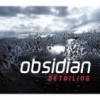 Posted by
Posted by  Posted by
Posted by 

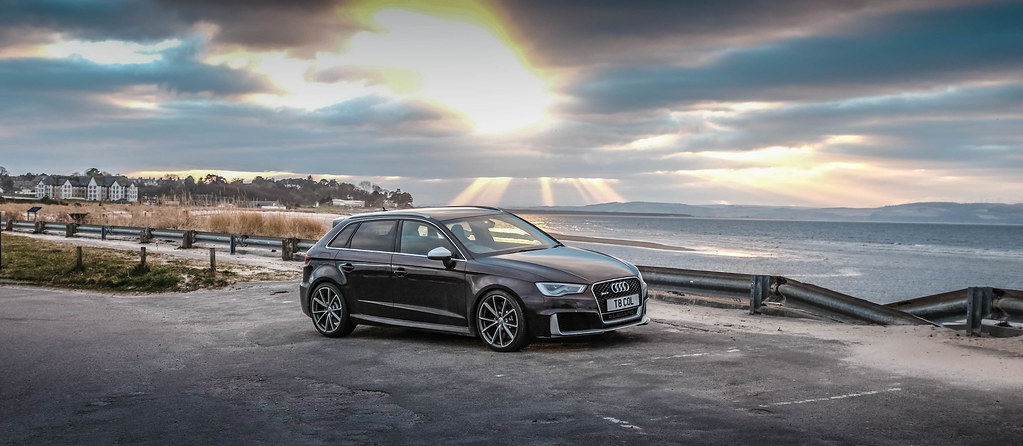
 Posted by
Posted by  Posted by
Posted by 




 Posted by
Posted by 
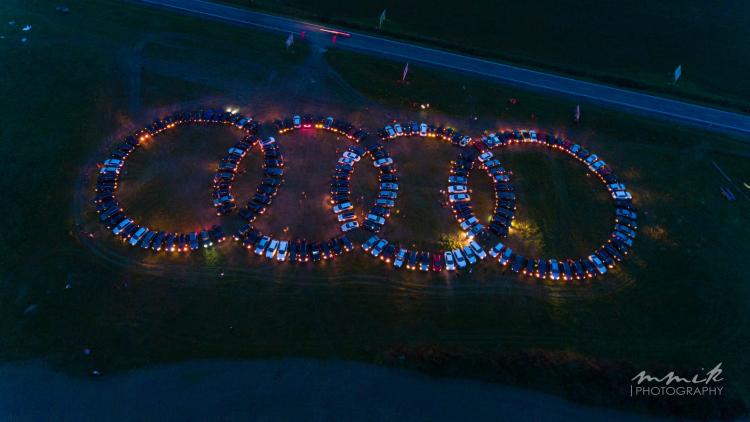



 Posted by
Posted by 


 Posted by
Posted by 




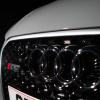 Posted by
Posted by  Posted by
Posted by 






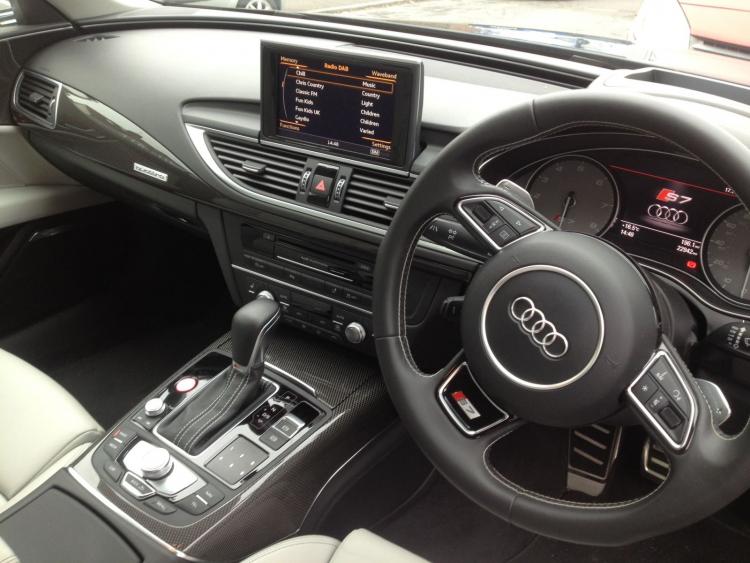



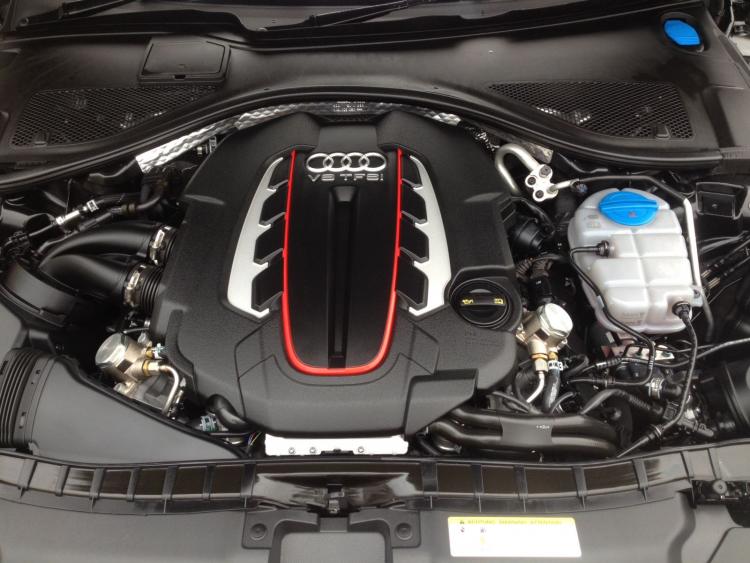
















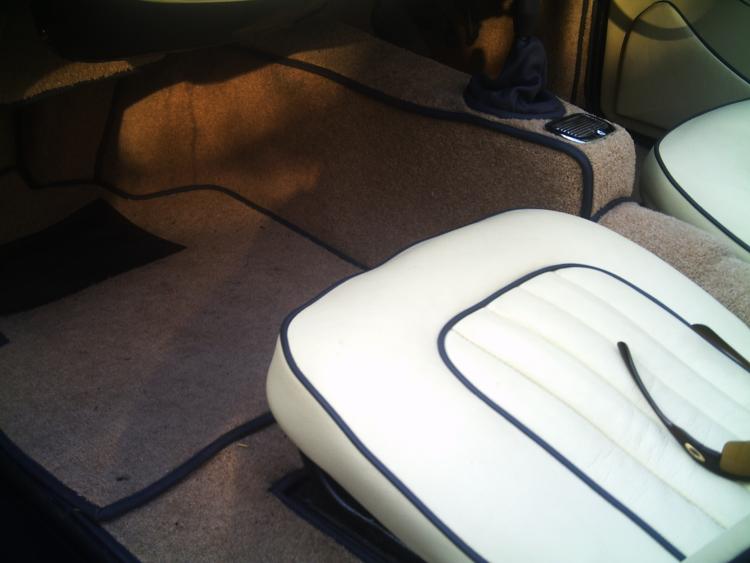
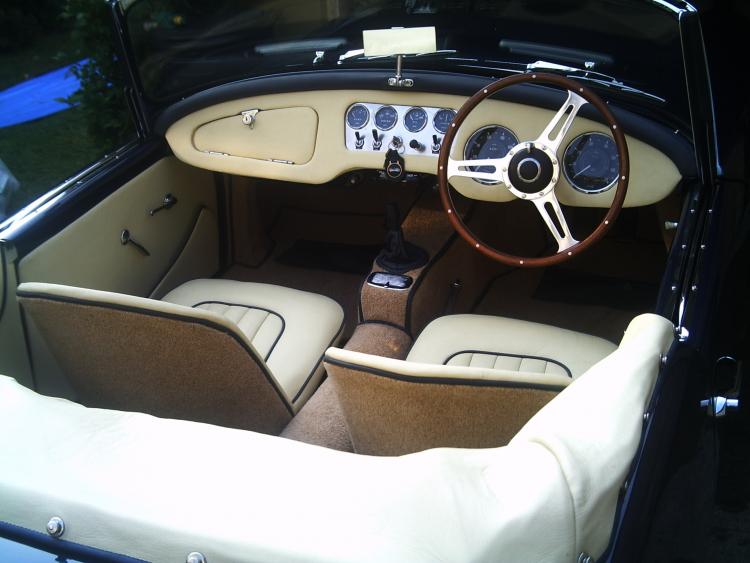
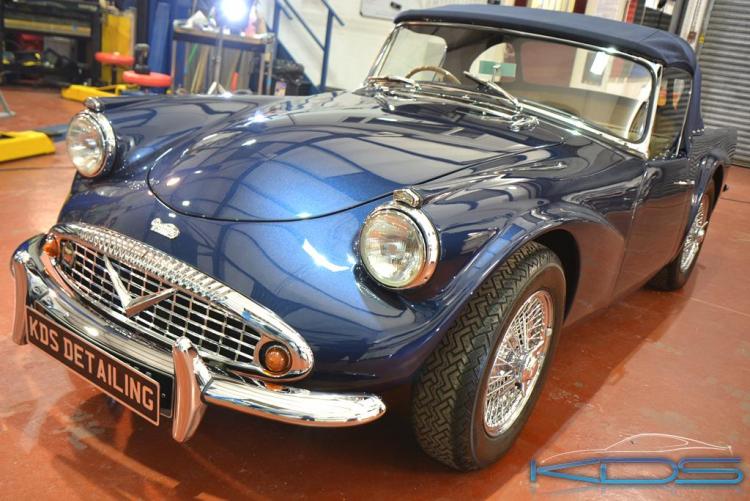


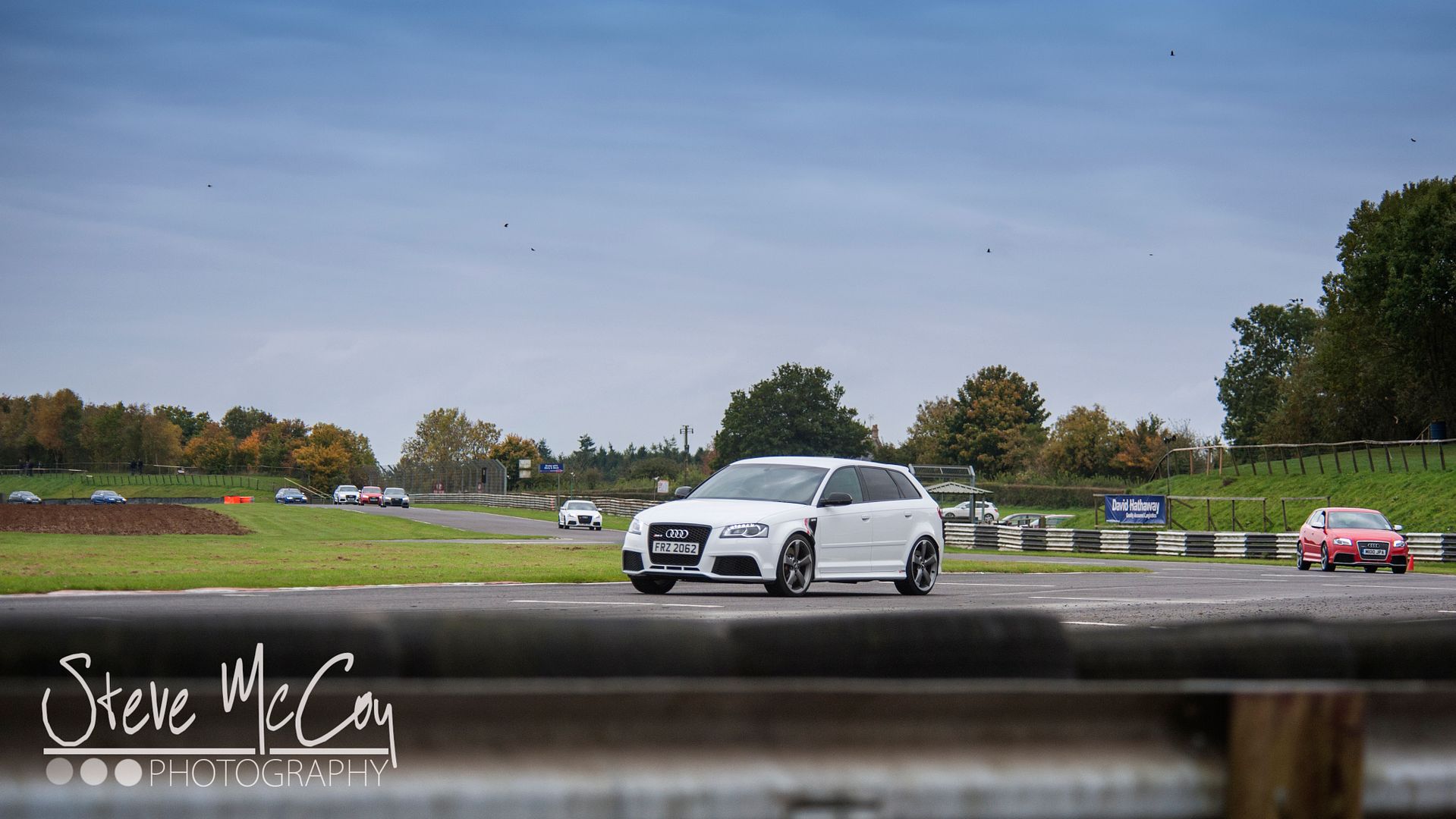
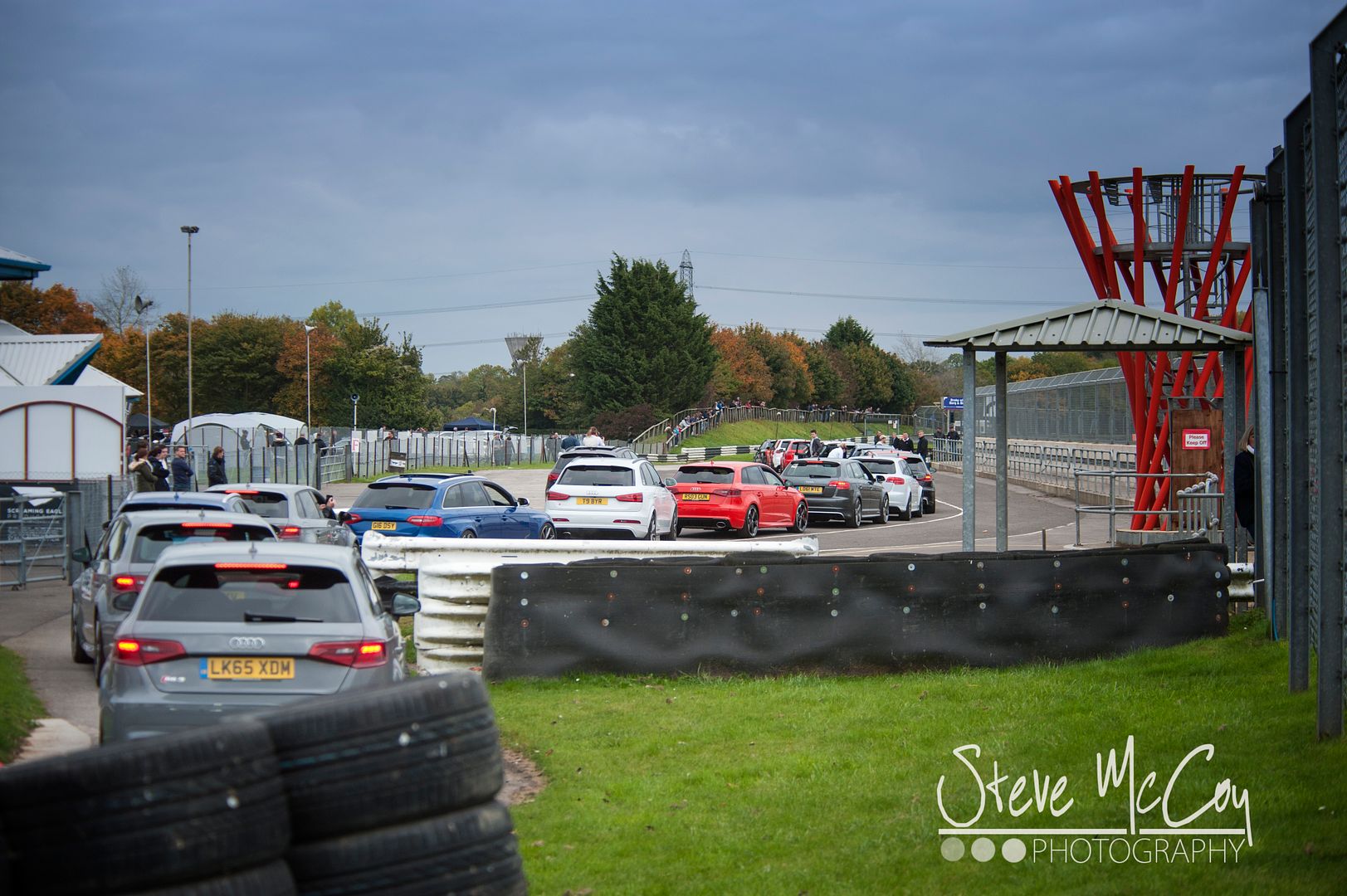

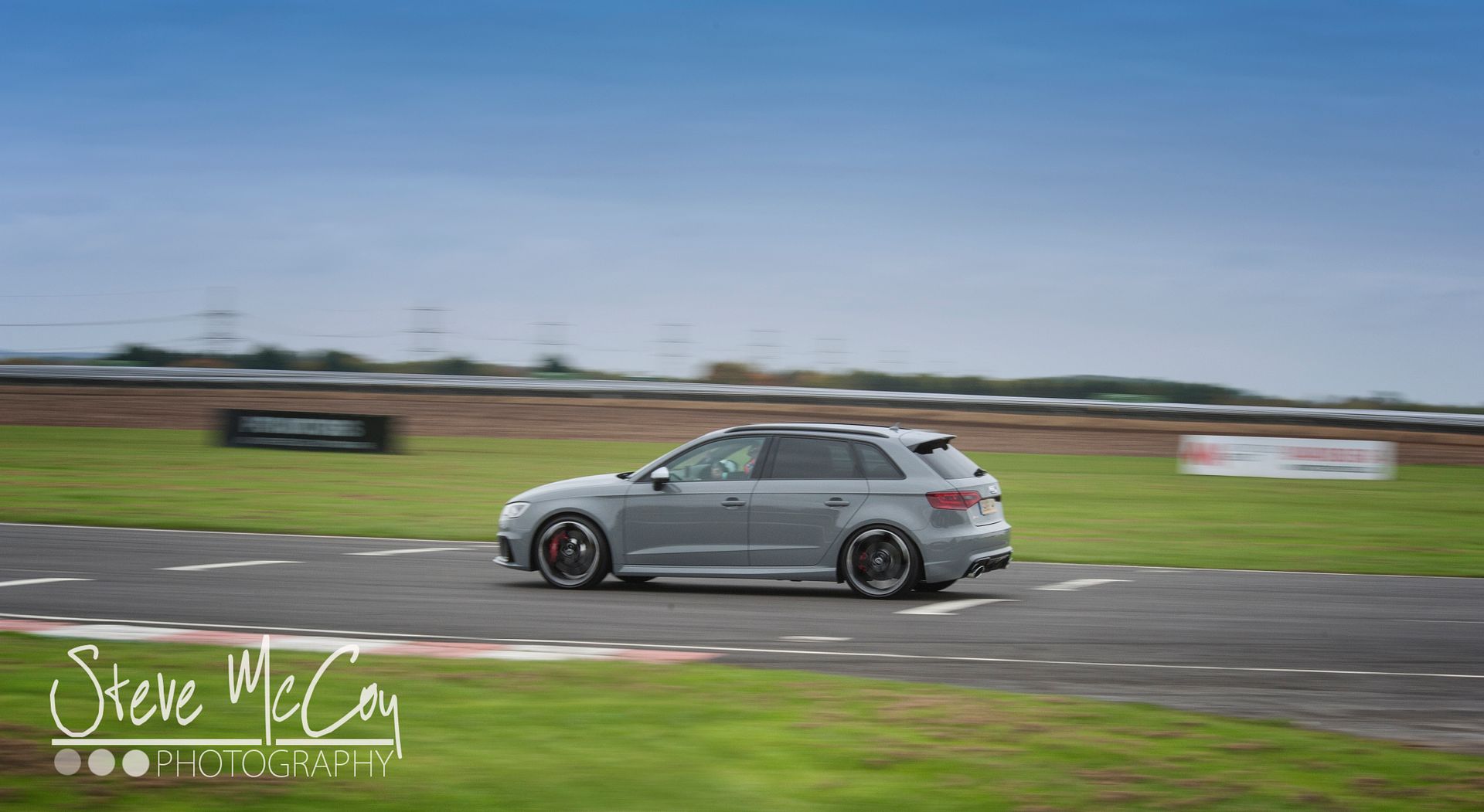
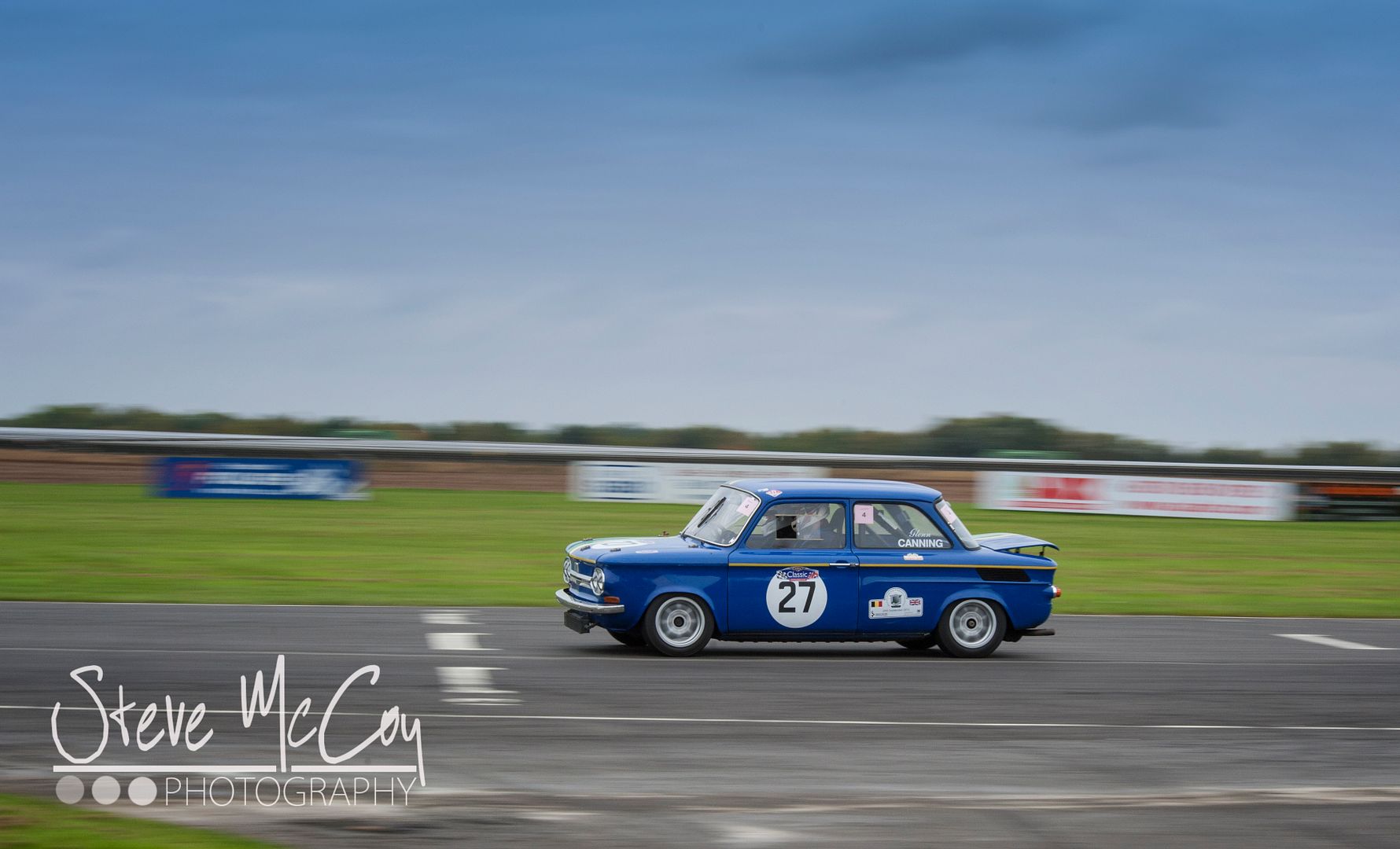
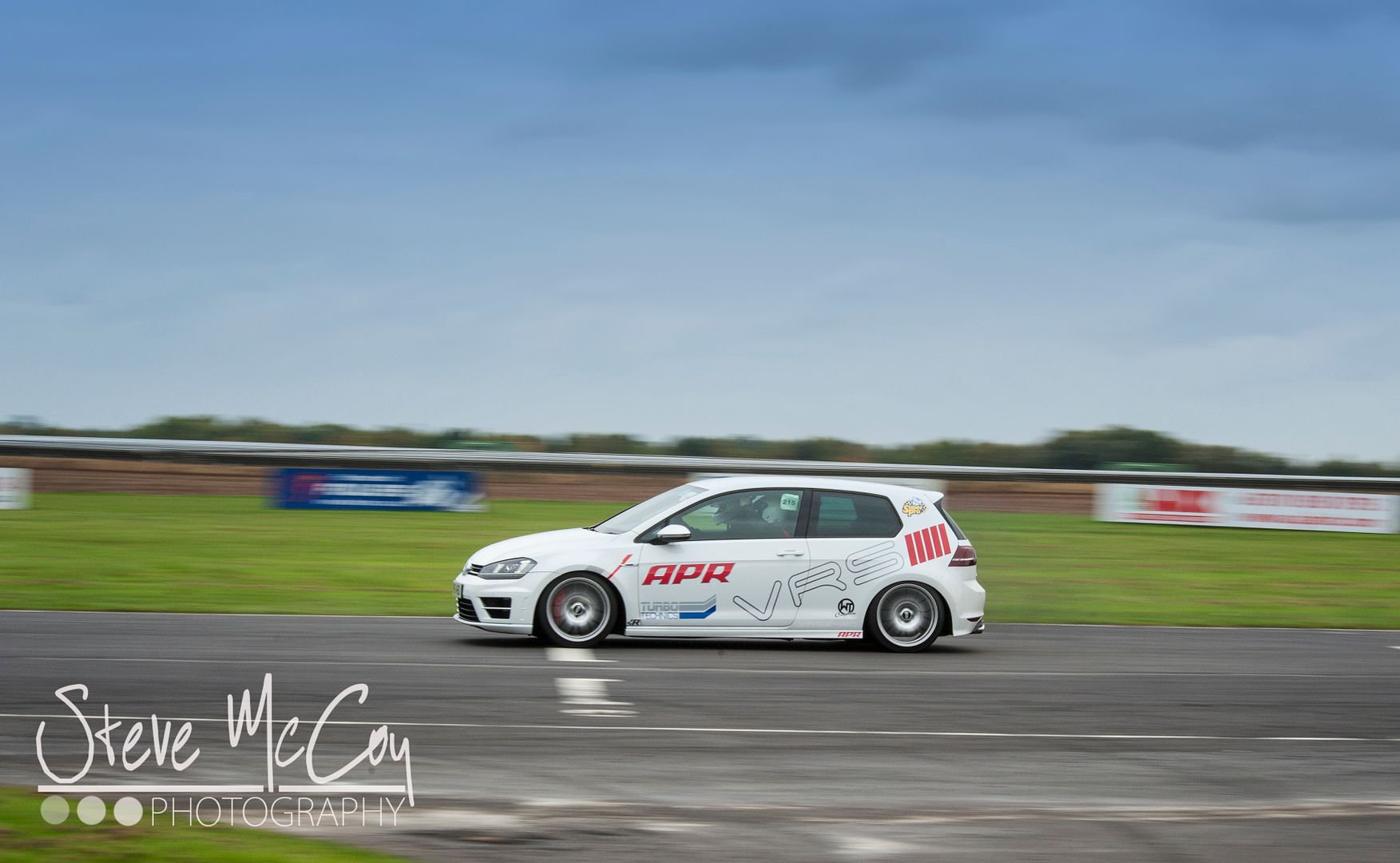
 Posted by
Posted by 



 Posted by
Posted by 